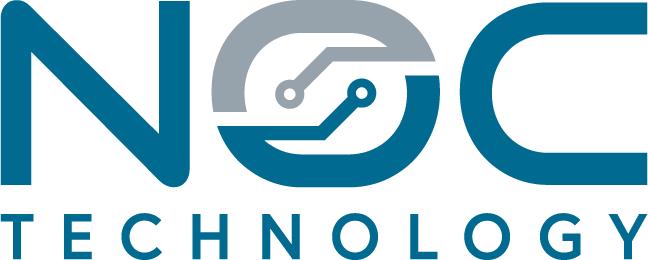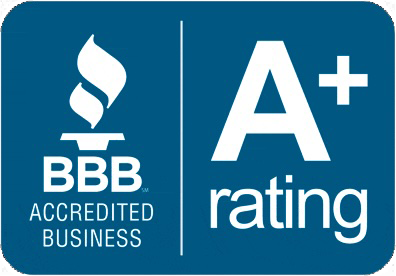The NOCout Report 009: Work/Life Balance
by Jon Lober | NOC Technology
From construction site cub to IT CEO, Jon has learned a few things about putting people first in any business space.
Whether in a hard hat on a construction site or a headset in the bullpen, people make or break a business. That’s why our guiding principle at NOC is simple.
People and families come first.
Without our incredible team, we would be just like any other IT company, but NOC’s commitment to our guiding principle actually shapes our corporate culture.
How? A few simple policies help us prioritize the well-being of our staff.
- We pay 100% of our employees’ insurance.
- We offer a 4% match on our employees’ 401ks.
- We have an unlimited vacation policy.
We make sure our employees understand that as long as they are getting the job done, their position with NOC will always be here—but moments with their families will not. Our committed team has respected this policy over the years.
NOC Technology works hard to create a culture for our employees and clients where life and work can exist in a harmonious balance. Healthy employees and healthy clients make for a productive environment where all can thrive.
Stay tuned to our channel to learn more about how at NOC we aren’t just about technology, we’re about people… and we can’t wait to meet you.




